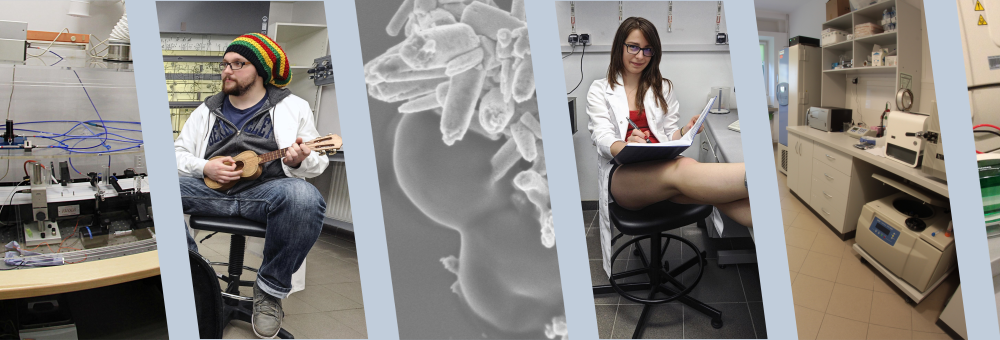Publication
Mesophases in polymer system: Structure and phase transitions
Author(s): Holyst, R
Title: Mesophases in polymer system: Structure and phase transitions
Abstract: The system of AB diblock copolymers forms many ordered structures, e.g., lamellar, cubic, and gyroid. These structures are formed to the incompatibility of the homopolymers A and B that constitute copolymer. The A-B covalent bonds can prevent the incompatibility results in macrophase separation. The system can separate locally separation) into ordered A-rich and B-rich spherical (cubic layered (lamellar phase) or cylindrical (hexagonal phase) The gyroid structure is special: it is bicontinuous and the and B-rich domains form channels of the Ia3d symmetry. Three used to study the systems are the mean-field model, one-loop approximation, and the self-consistent field each can be developed from the Edwards Hamiltonian. The single statistics in the disordered phase of a diblock copolymer is shown deviate from the Gaussian statistics on account of fluctuations. Ln one-loop approximations, the diblock copolymer chain is shown to at the point where two incompatible blocks meet; each block close to the microphase separation transition. Stretching shrinking and the net result is the increase in the radius of about the Gaussian value. Another example of the ordered is provided by liquid crystalline (LC) polymers. The LC main chains (usually very stiff) form primarily nematic phases are characterized by the orientational order. The long chains are in one direction, breaking the rotational symmetry. Finally we the general features of the Landau-Ginzburg model, which is the simplest model for the study of ordered polymer systems.
Pages: 523-529
Journal: POLIMERY
Volume: 43
ID: ISI:000076049300002
Year: 1998









